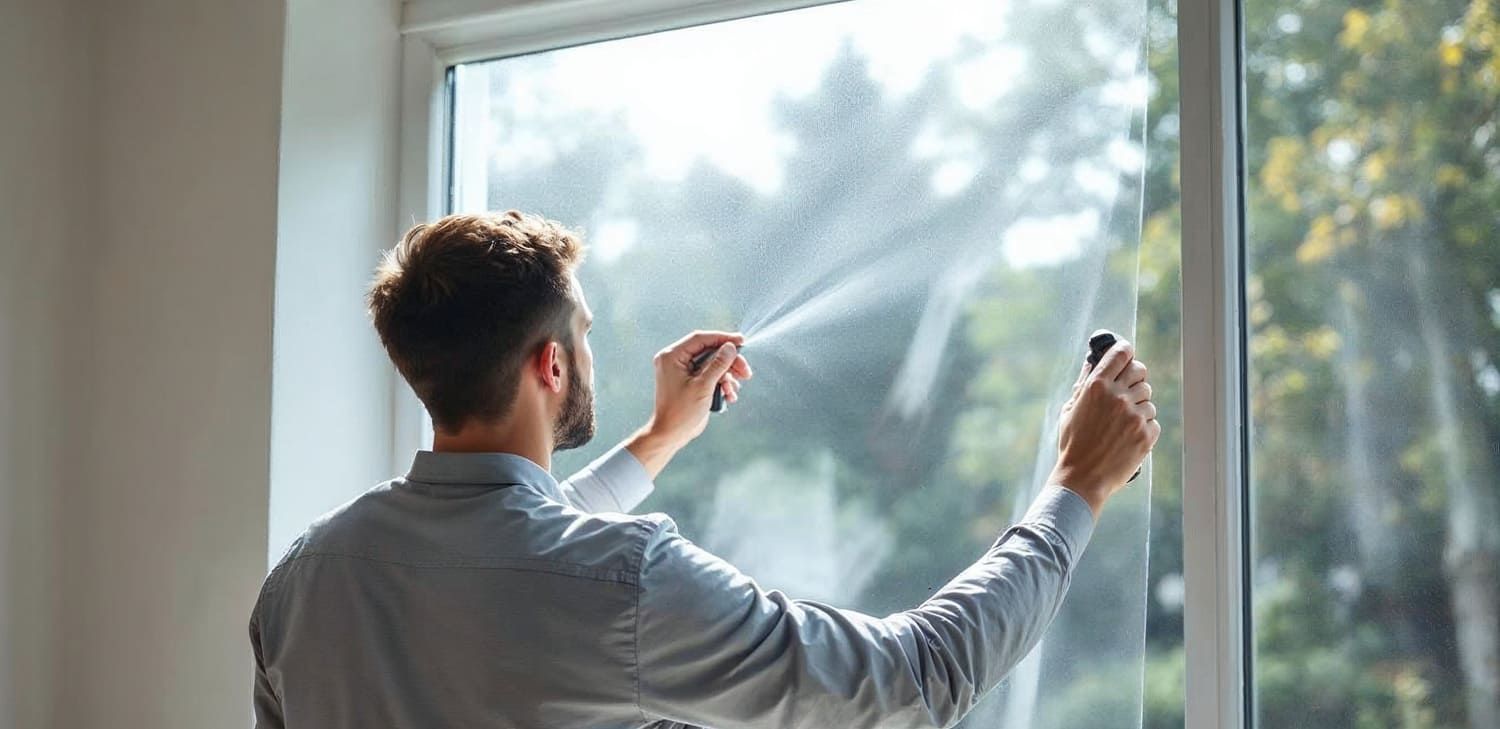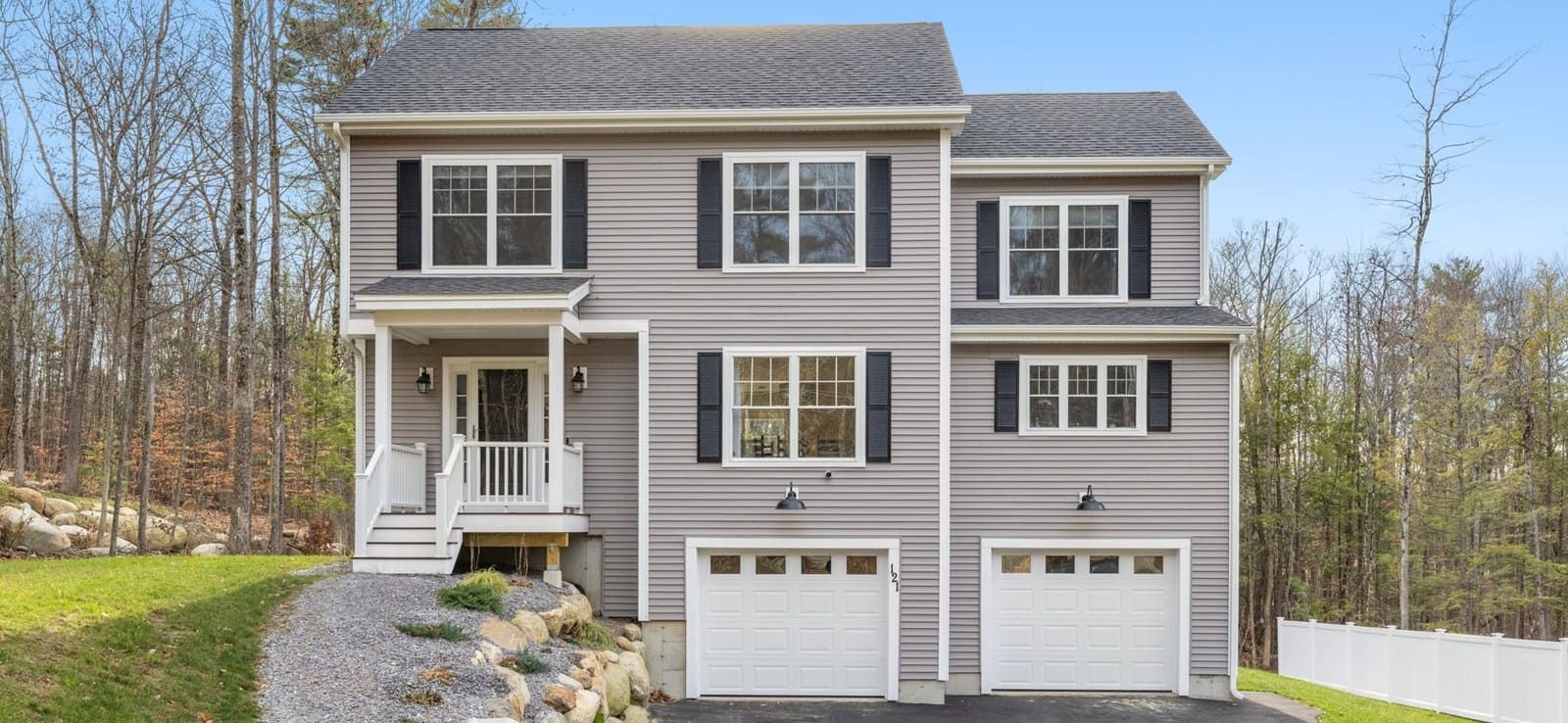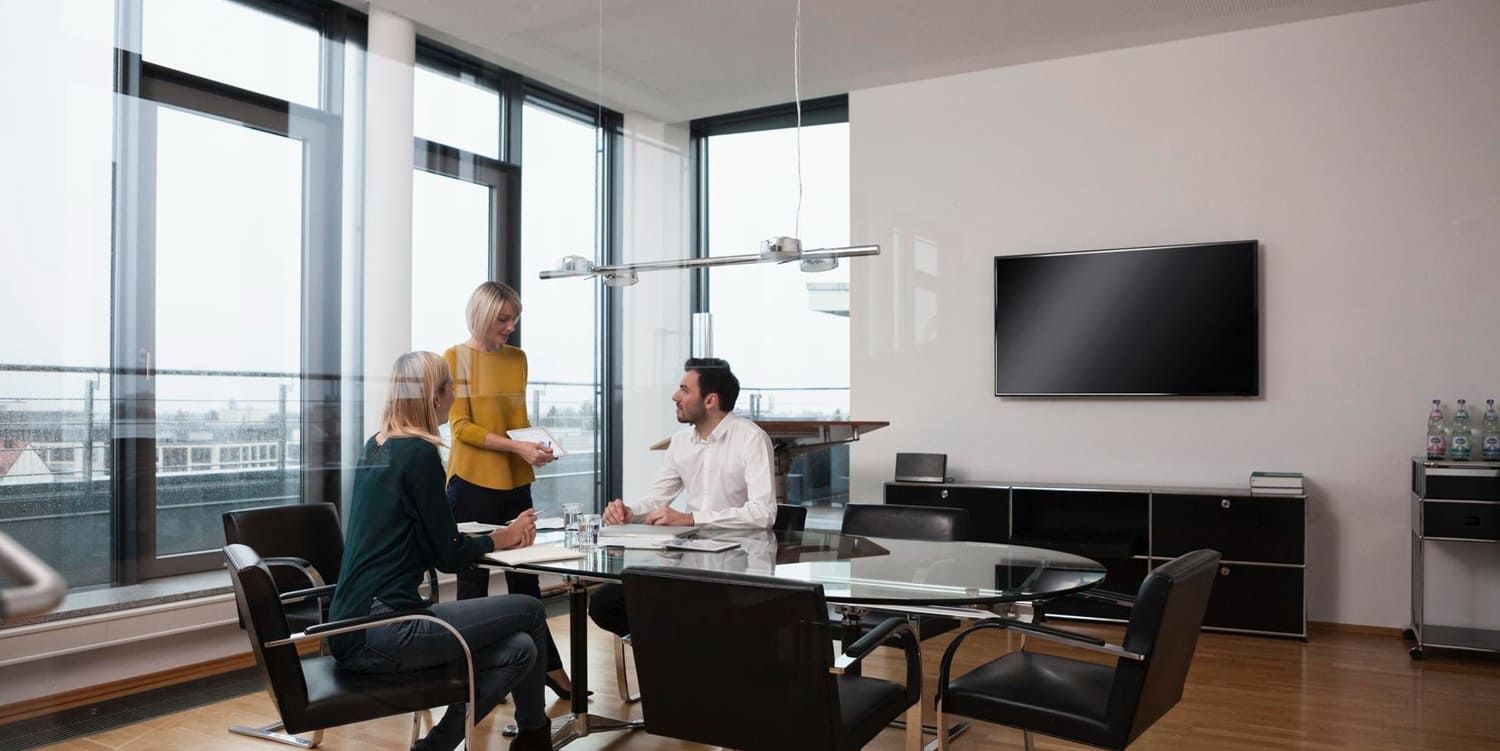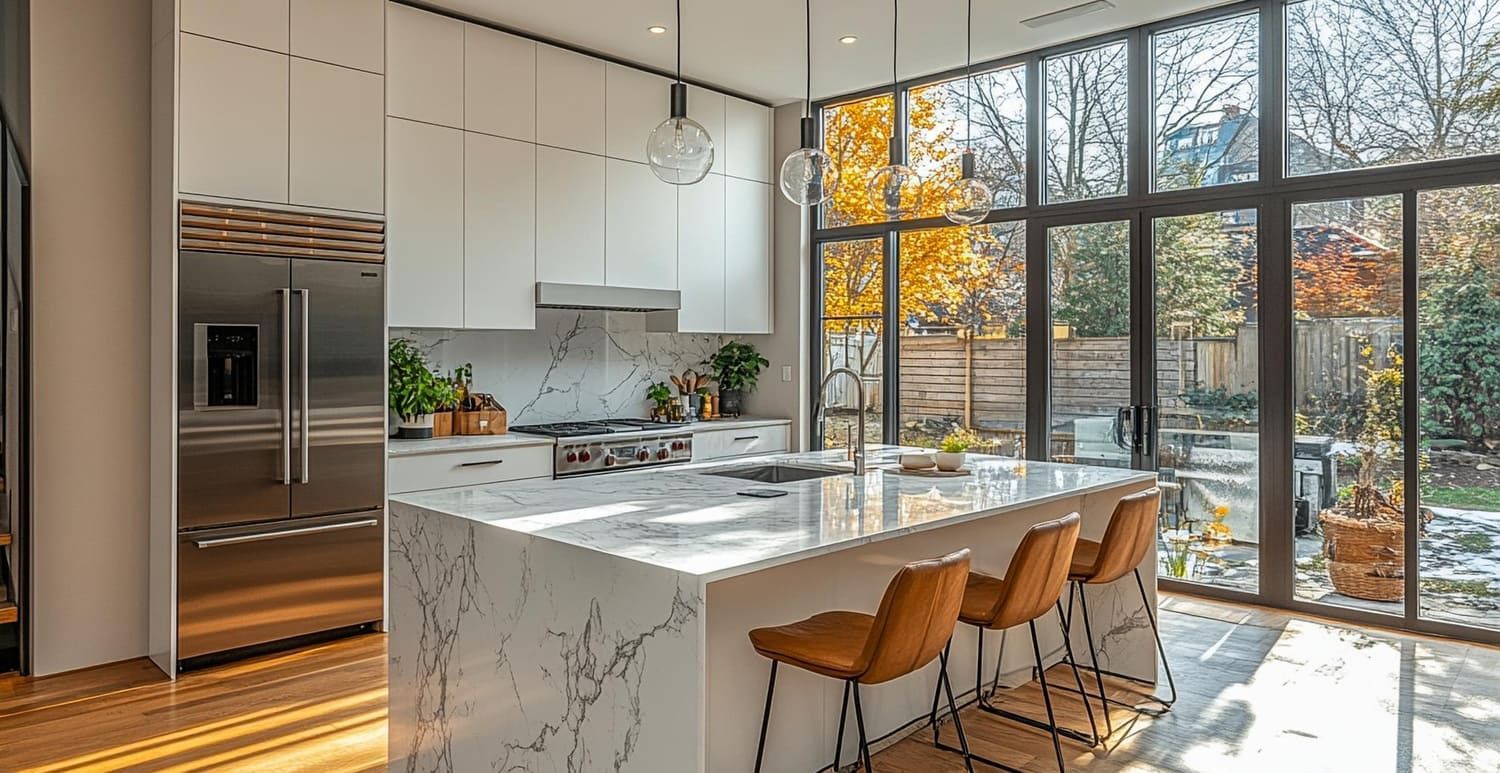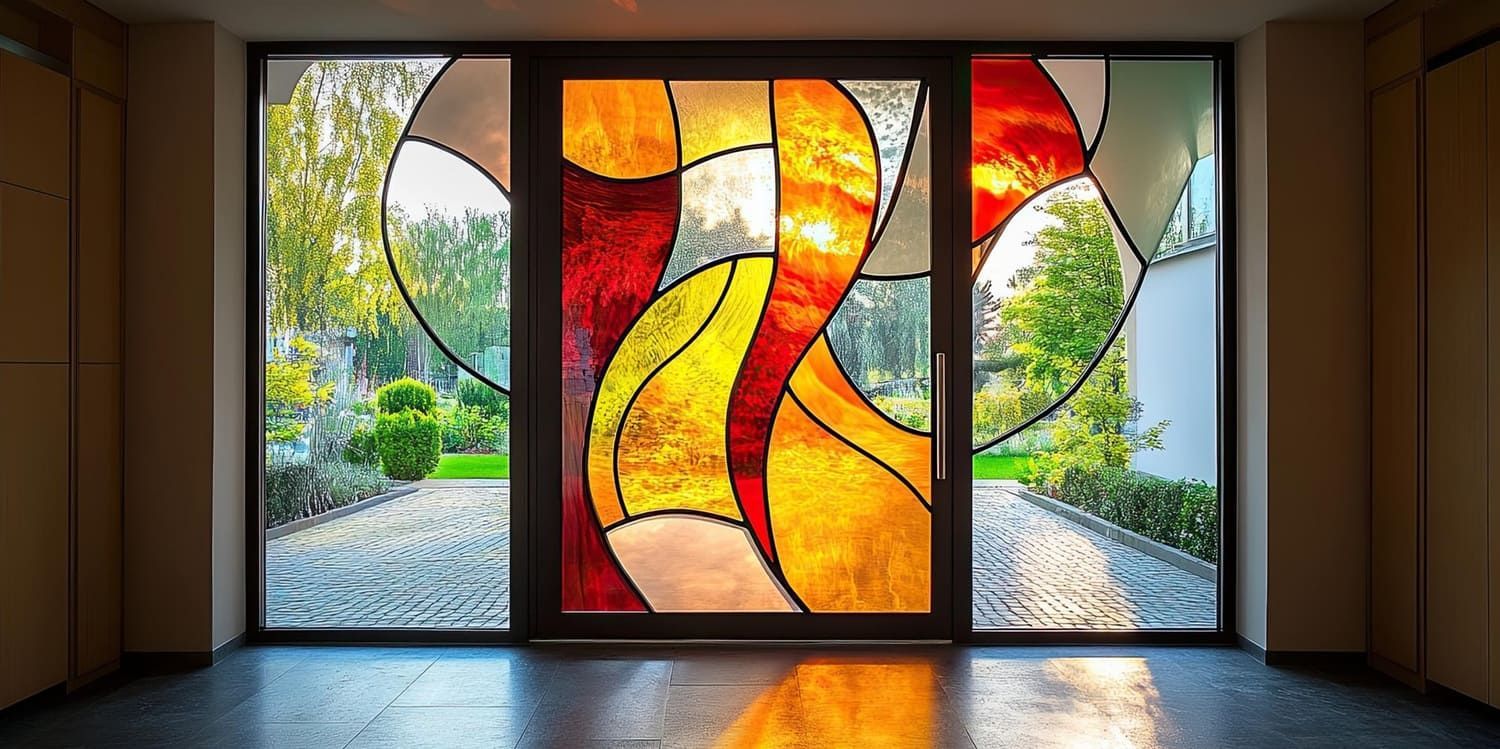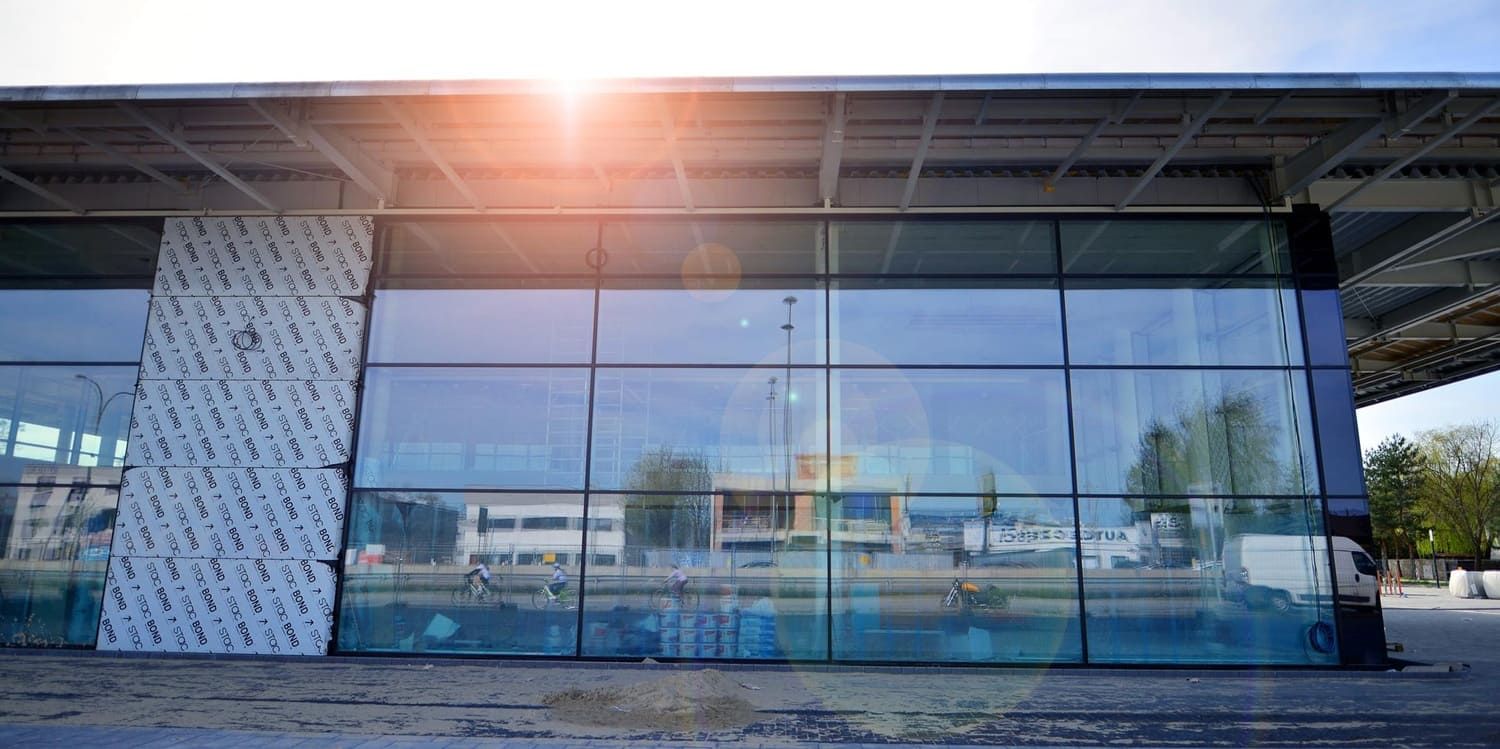THE BEST IN RESIDENTIAL AND COMMERCIAL WINDOW TINTING
What’s the Cost of Home Window Tinting in 2025?
Home window tinting offers numerous benefits, from reducing energy bills to enhancing privacy. As we look toward 2025, many homeowners are curious about the costs associated with this valuable home improvement. In this article, we will break down the potential costs of residential window tinting in 2025 and what factors can influence these prices. Additionally, we'll explore the broader implications of these factors on your home environment and long-term savings, ensuring that you make a well-informed decision.

Understanding the Basics of Home Window Tinting
Home window tinting involves applying a thin film to the interior or exterior of glass surfaces. This film can provide benefits such as UV protection, glare reduction, and improved energy efficiency. The technology behind window tinting has evolved, offering more options that cater to different needs and preferences. As a homeowner, understanding these benefits is crucial in deciding whether window tinting is a worthwhile investment for your home.
Moreover, window tinting can enhance the aesthetic appeal of your home by providing a sleek, modern look to your windows. With an increasing focus on sustainability, window films are also being developed with eco-friendly materials, offering an additional incentive for environmentally conscious homeowners. Understanding these diverse benefits can help you appreciate the full scope of what window tinting can offer beyond basic functionality.
Benefits of Residential Window Tint
- Energy Efficiency: By reducing heat gain, window tinting can lower your energy costs significantly, keeping your home cooler in the summer and warmer in the winter. This reduction in energy consumption not only saves money but also reduces your carbon footprint, contributing to environmental conservation. As energy costs continue to rise, window tinting provides a proactive approach to managing your household expenses.
- UV Protection: Window films can block up to 99% of harmful UV rays, protecting your furniture, flooring, and skin. This protection helps extend the life of your interior furnishings, saving you money on replacements and repairs. Additionally, reducing UV exposure is crucial for health, potentially lowering the risk of skin-related issues for you and your family.
- Privacy and Security: Tinted windows make it difficult for outsiders to see inside, enhancing privacy and security. This feature is especially beneficial for homes in densely populated areas or those with large windows facing public spaces. Enhanced privacy not only provides peace of mind but can also deter potential intruders, adding an extra layer of security to your home.
- Glare Reduction: By cutting down on glare, window tinting can make it easier to watch television and work on computers without straining your eyes. This is particularly advantageous in home offices or media rooms where screen visibility is critical. Reducing glare can improve productivity and comfort, making your home environment more enjoyable and efficient.
Factors Influencing Home Window Tinting Costs
Several factors can influence the cost of window tinting. Understanding these variables can help you estimate the potential expenses for your home. These factors not only affect the initial installation cost but also the long-term value and effectiveness of the window tinting.
Type of Window Film
The type of window film you choose can significantly impact the cost. Here are some common types:
- Dyed Window Film: This is the most affordable option, offering basic privacy and glare reduction. While it is cost-effective, its lifespan and effectiveness might be limited compared to other types. It's an excellent option for those on a tight budget or looking for temporary solutions.
- Metalized Window Film: Provides better UV protection and durability but can interfere with electronic signals. Despite the potential for signal interference, its reflective qualities can be particularly effective in reducing heat. This type of film is ideal for areas with high sun exposure and for those prioritizing durability.
- Ceramic Window Film: High-quality film that provides excellent heat reduction without signal interference, though it comes at a higher price. Its advanced technology offers superior clarity and longevity, making it a worthwhile investment for long-term benefits. Ceramic films are perfect for homeowners seeking maximum performance and minimal drawbacks.
- Hybrid Films: Combine dyed and metalized films for balanced performance and cost. These films offer a middle ground, providing enhanced features without the high price tag. They are suitable for homeowners looking for a compromise between cost and quality, offering a practical solution for varied needs.
Size and Number of Windows
The size and number of windows in your home will directly affect the cost. Larger windows or homes with many windows will require more film and labor, increasing the overall cost. It's important to measure and assess the specific needs of each window to ensure accurate cost estimation and avoid unexpected expenses.
Additionally, the style and design of your windows can also influence the cost. Custom-shaped windows or those with intricate designs may require specialized films or installation techniques, adding to the complexity and cost. Understanding these aspects can help you budget accordingly and choose the most cost-effective solutions.
Installation Complexity
Some windows may be more challenging to tint due to their shape or location, which can increase labor costs. Skylights or windows on higher floors might require special equipment or additional time for installation. It's crucial to consult with professionals to understand the specific challenges and costs associated with your home's architecture.
Furthermore, the quality of the installation is vital for the longevity and performance of the window film. Poorly installed films can lead to bubbling, peeling, or reduced effectiveness, resulting in additional costs for repairs or replacements. Opting for professional installation can mitigate these risks and ensure optimal results.
Professional Installation vs. DIY
While DIY kits are available, professional installation ensures the best results and longevity of the window film. Professionals have the experience and tools necessary to apply the film without bubbles or imperfections. Although professional installation costs more upfront, it can save you money in the long run by reducing the need for replacements or repairs.
DIY installations, while cheaper, can be time-consuming and challenging, especially for those without experience. Mistakes during installation can lead to increased costs and reduced effectiveness of the film. Considering the long-term implications and potential challenges, professional installation is often the recommended choice for most homeowners.
Estimated Costs for Home Window Tinting in 2025
Given the factors mentioned above, the cost of home window tinting can vary widely. Here is a general breakdown of what you might expect to pay in 2025:
- Dyed Window Film: $5 to $8 per square foot, including installation. This option provides basic functionality at a lower cost, making it accessible for budget-conscious homeowners.
- Metalized Window Film: $7 to $12 per square foot, including installation. While slightly more expensive, it offers enhanced durability and UV protection, making it a valuable investment in the long term.
- Ceramic Window Film: $10 to $15 per square foot, including installation. Though it comes at a premium price, its advanced features and longevity provide excellent value for those seeking high-performance solutions.
For an average-sized home with 10 to 15 standard windows, total costs might range from $500 to $1,500, depending on the type of film and complexity of installation. These estimates provide a general idea, but actual costs can vary based on individual circumstances and specific requirements.
Additional Costs to Consider
- Removal of Old Film: If you have existing window film that needs to be removed, this can add to the cost. The removal process requires careful handling to avoid damage to the windows, adding to labor expenses.
- Warranty and Maintenance: Some films come with warranties that might include maintenance or replacement, which can affect the overall cost. Investing in a warranty can provide peace of mind and potential savings on future repairs or replacements.
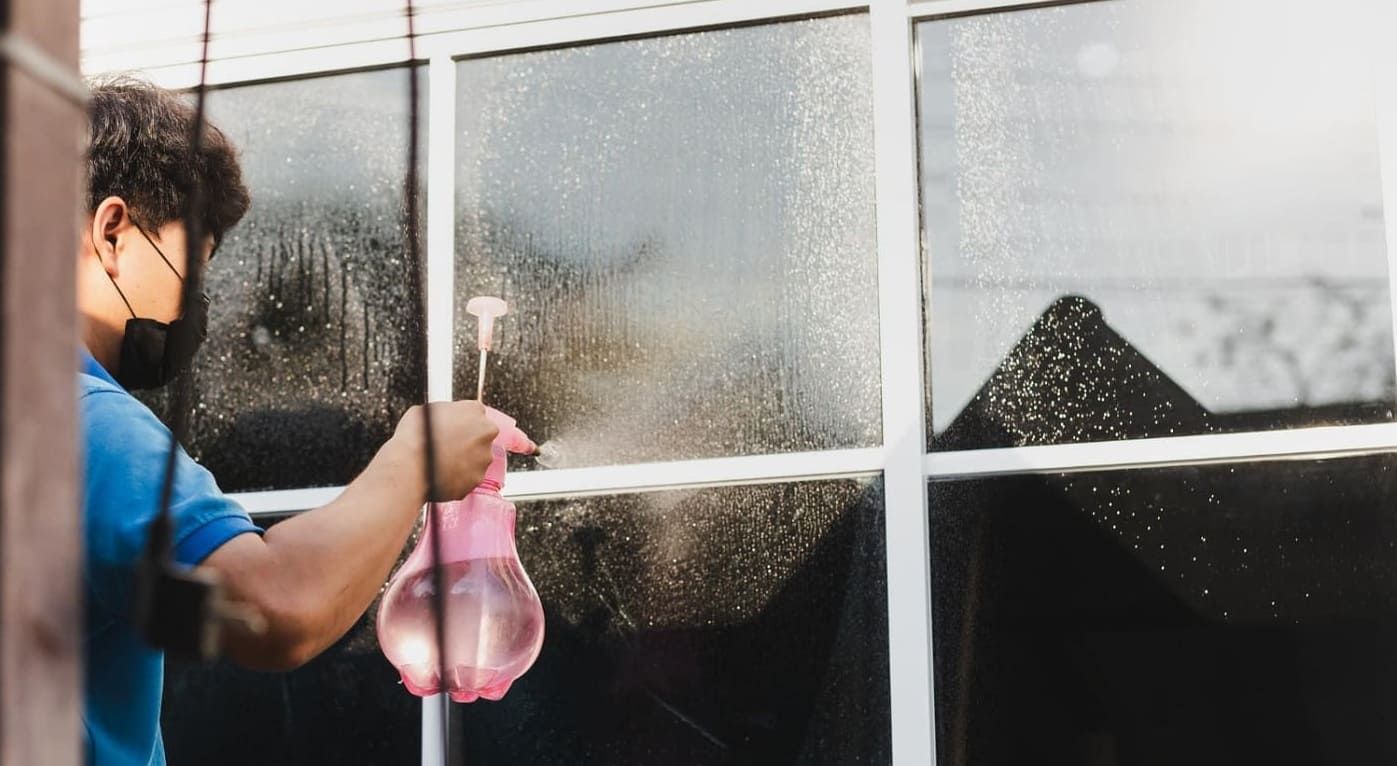
How to Choose the Right Window Tint
Choosing the right window tint involves balancing cost with the benefits you desire. Consider the following when making your decision:
- Climate: In hotter climates, investing in a high-quality film with better heat reduction can lead to greater energy savings. Understanding your local climate conditions can help you select a film that maximizes efficiency and comfort.
- Privacy Needs: If privacy is a primary concern, opt for films specifically designed to enhance privacy without sacrificing light. Privacy films come in various shades and styles, allowing you to maintain natural light while ensuring privacy.
- Budget: Determine how much you are willing to spend and weigh it against the benefits each type of film offers. A clear understanding of your budget constraints can help you prioritize features and select the most suitable option for your needs.
Conclusion
Home window tinting is a practical investment that can improve comfort, enhance privacy, and reduce energy costs. As we approach 2025, understanding the costs involved in window tinting can help you make an informed decision for your home. By considering factors such as film type, installation, and your specific needs, you can select the best option that fits your budget while reaping the benefits of this valuable home improvement.
Looking ahead, advancements in window tinting technology may introduce new options and features, further enhancing the value of this investment. Staying informed about these developments can help you make timely decisions and optimize the benefits of window tinting for your home. Ultimately, the right window tinting solution can significantly enhance your living environment, providing both immediate comfort and long-term savings.
Contact Film Systems of Florida—Trusted and Premier Home Window Tinting installers serving Sarasota County, Charlotte County, Lee County, Manatee County, and the surrounding Florida areas—for a free estimate today.

